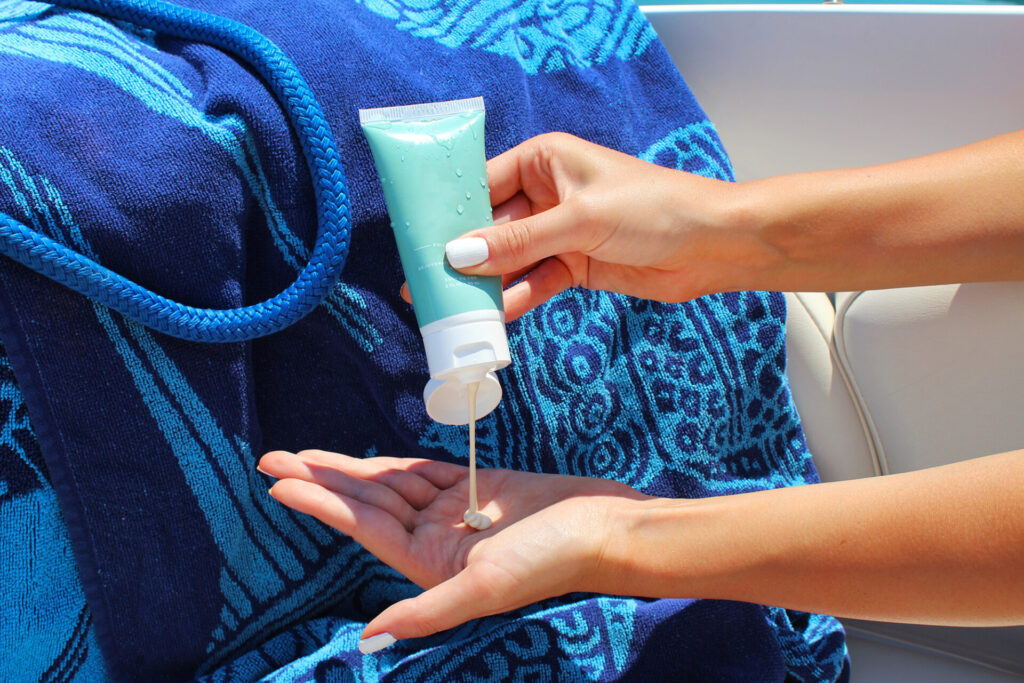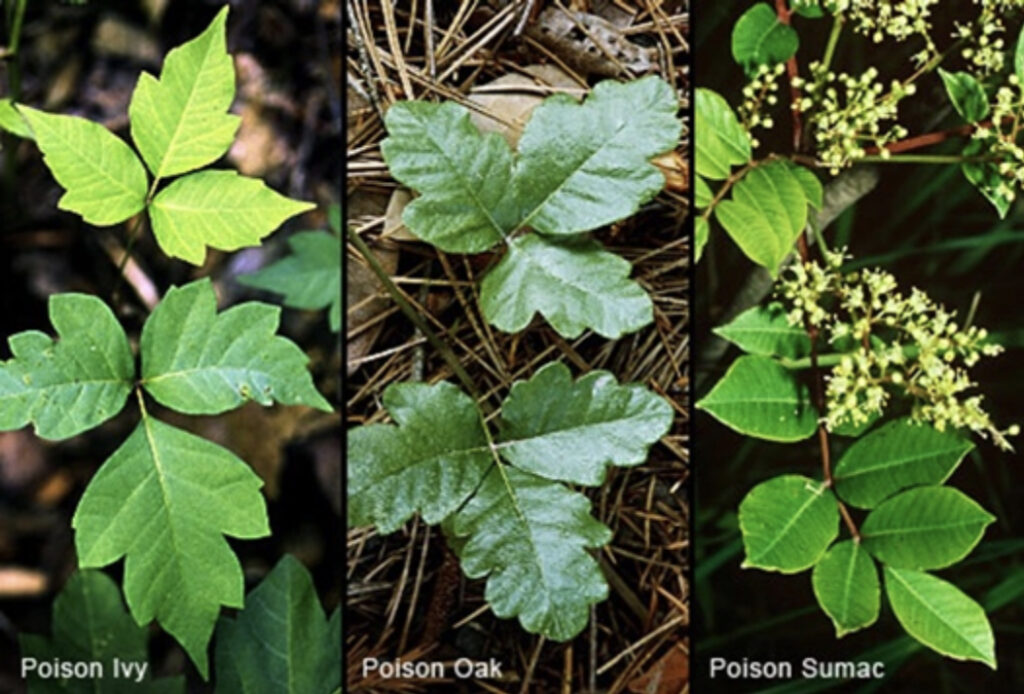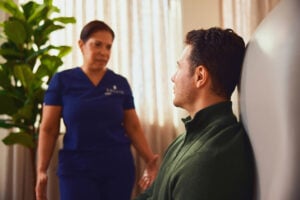
Sunburn
Spend too much time in the sun and you’ll end up with summer’s most common occupational hazard: a sunburn. In technical terms, it’s an overexposure to harmful UV radiation, which can eventually cause skin cancer.
How to Avoid Sunburn
The best way to avoid a sunburn is to use a water-resistant, broad-spectrum sunscreen of SPF 30 or higher. Apply it liberally to every inch of exposed skin and reapply every two hours, or after swimming or excessively sweating.
The sunburn rule of thumb: if the sun is out, you can get exposed to UV radiation, even on cloudy or cool days. If you’re going to spend the day outdoors, limit your sun exposure by staying in the shade under a tree or umbrella, especially between 10 am-4 pm. Keep in mind that sand and water can intensify UV rays. Cover your body with wide-brimmed hats, sunglasses that have UVA and UVB protection, long-sleeved shirts, and pants—this goes for children and babies, too. The darker the clothing and the tighter the weave, the better the protection from UV rays.
What to Do If You Get Sunburned
If you get sunburned, go indoors and take a cool bath or shower to relieve the pain, then apply moisturizer that contains aloe vera or soy. Drink lots of water and consider Tylenol or Ibuprofen to help reduce any swelling or discomfort. If you have to go back outdoors, make sure you cover the entire sunburned area.
If you get blisters from sunburn, experience severe swelling, show signs of infection, experience worsening pain, nausea, or chills, or have vision changes, confusion, or a high fever, call Sollis Health’s 24/7 medical hotline for support.
Skin Rashes
Getting a rash from poison ivy, poison oak, or poison sumac is not inevitable! With a little knowledge and the right steps, you don’t have to suffer uncomfortable symptoms.
How to Avoid Skin Rashes
Learn to identify poison ivy, poison oak, and poison sumac, which all contain urushiol. This oily resin causes an itchy rash that can last for weeks.
When in areas where any of these plants are present, wear long sleeves, long pants, and gloves. If you do come into contact with one of these plants, wash your skin right away with soapy water or rubbing alcohol to eliminate the urushiol and prevent you from spreading it to others.

What to Do If You Get a Rash from Poison Ivy, Poison Oak, or Poison Sumac
While the rash will eventually go away on its own, you can help the itching by:
- soaking the area in a cool-water bath with a half-cup of baking soda or an oatmeal-based bath product
- placing cool, wet compresses on the area for 30 minutes several times a day
- applying an over-the-counter cortisone cream, ointment, or calamine lotion
- taking an oral antihistamine like Benadryl
For a severe or widespread rash (especially if it’s on your face or genitals), you might need a prescription medication. Call our 24/7 medical hotline if you’re experiencing nausea, fever, shortness of breath, extreme soreness at the rash site, or swollen lymph nodes.
Call 911 or go to the ER if you feel faint or have trouble breathing.
Moles
In addition to following the sun guidelines above, always keep an eye on your moles and sunspots for early signs of skin cancer. The earlier you catch it, the better chance you have of treating it.
How to Give Yourself a Skin Exam
Examine your skin every month, including your scalp, armpits, and other hard-to-reach areas. For warning signs of skin cancer, look for ABCDE:
- asymmetry
- border irregularity
- color variation
- diameter (larger than a pencil eraser)
- evolution or change over time (size, shape, color, height, or even itchiness)
If you notice anything concerning—especially if you have a personal or family history of skin cancer—call Sollis Health anytime. We’ll get you an expedited appointment with a leading dermatologist so you can get to the bottom of your concerns.







